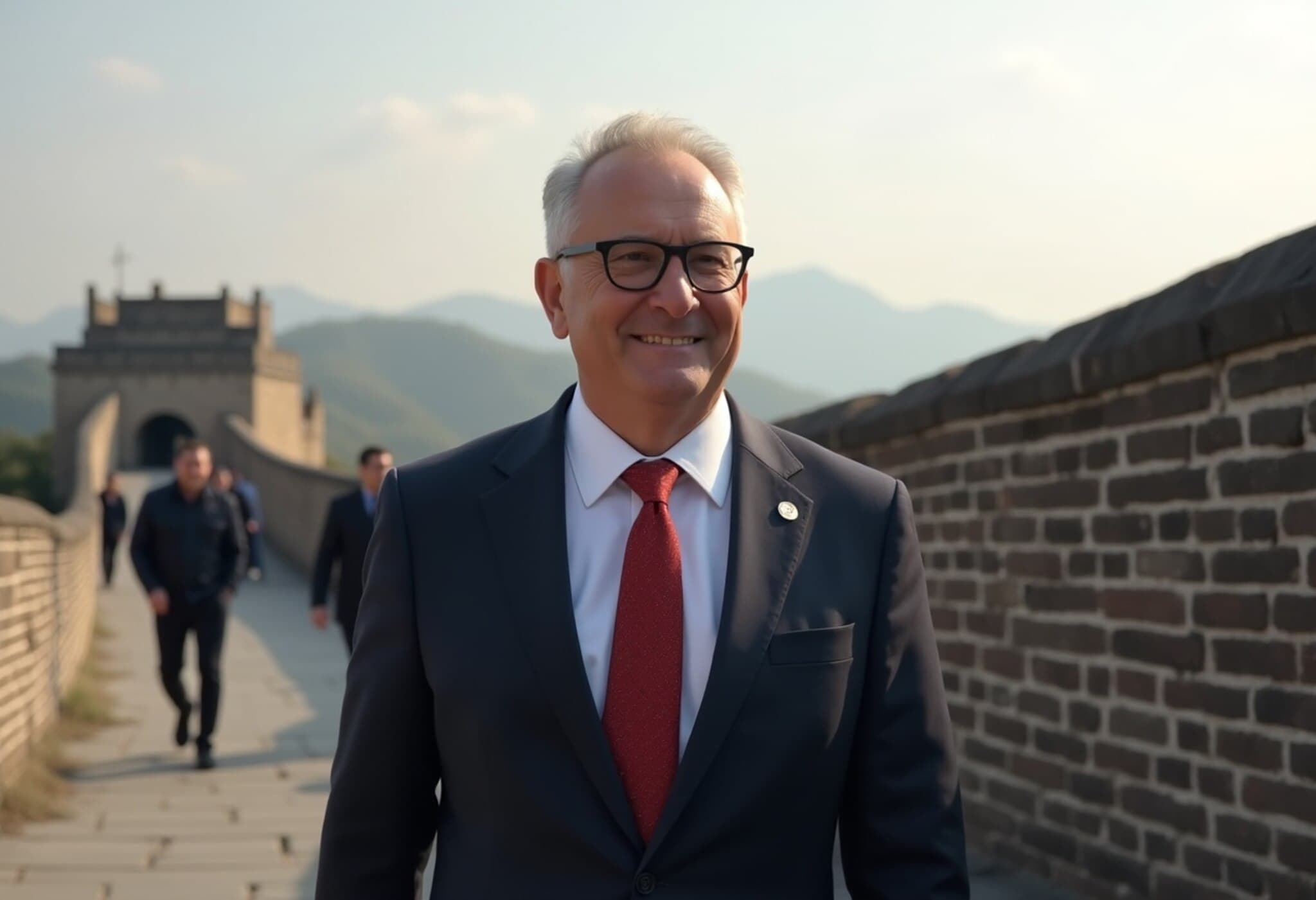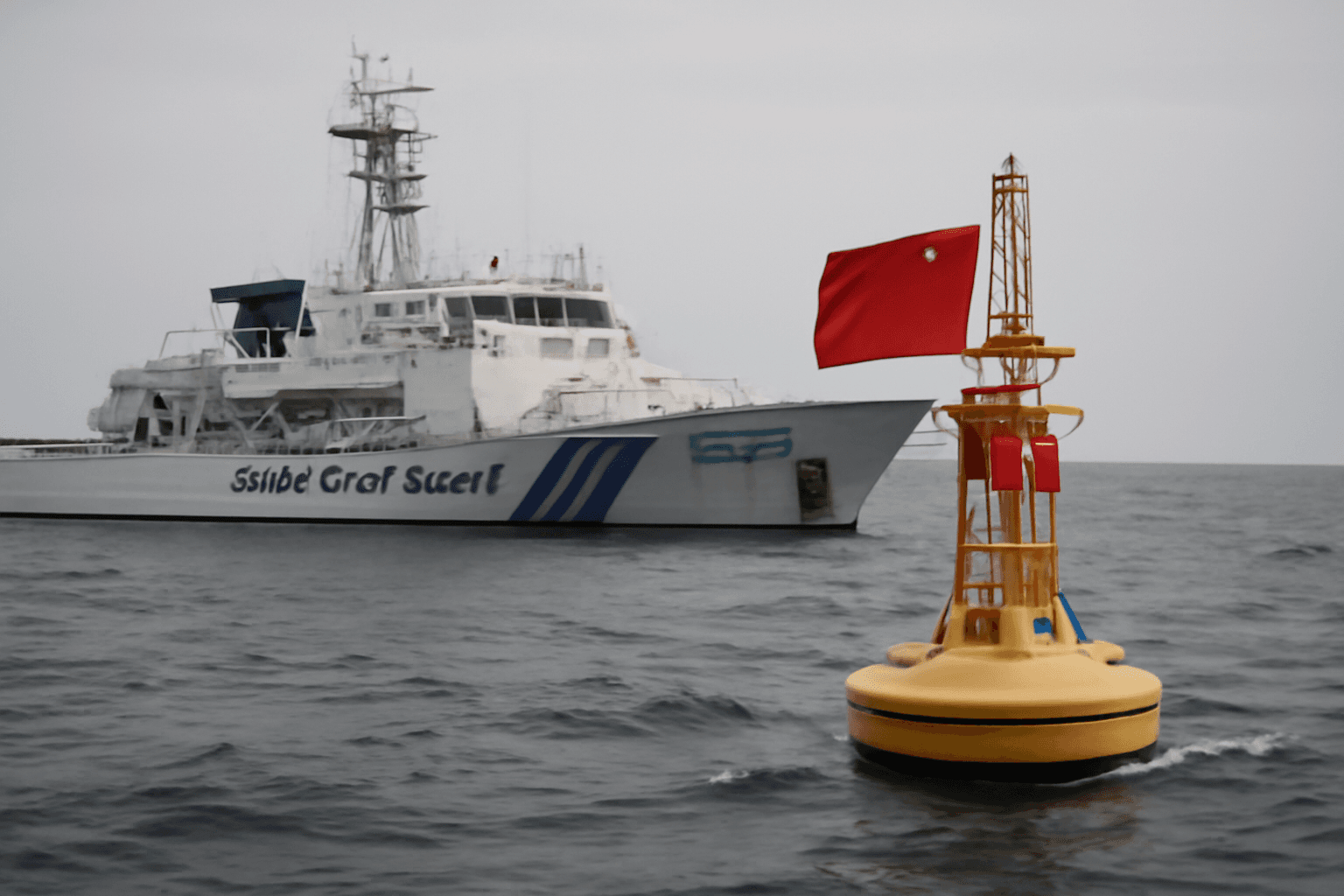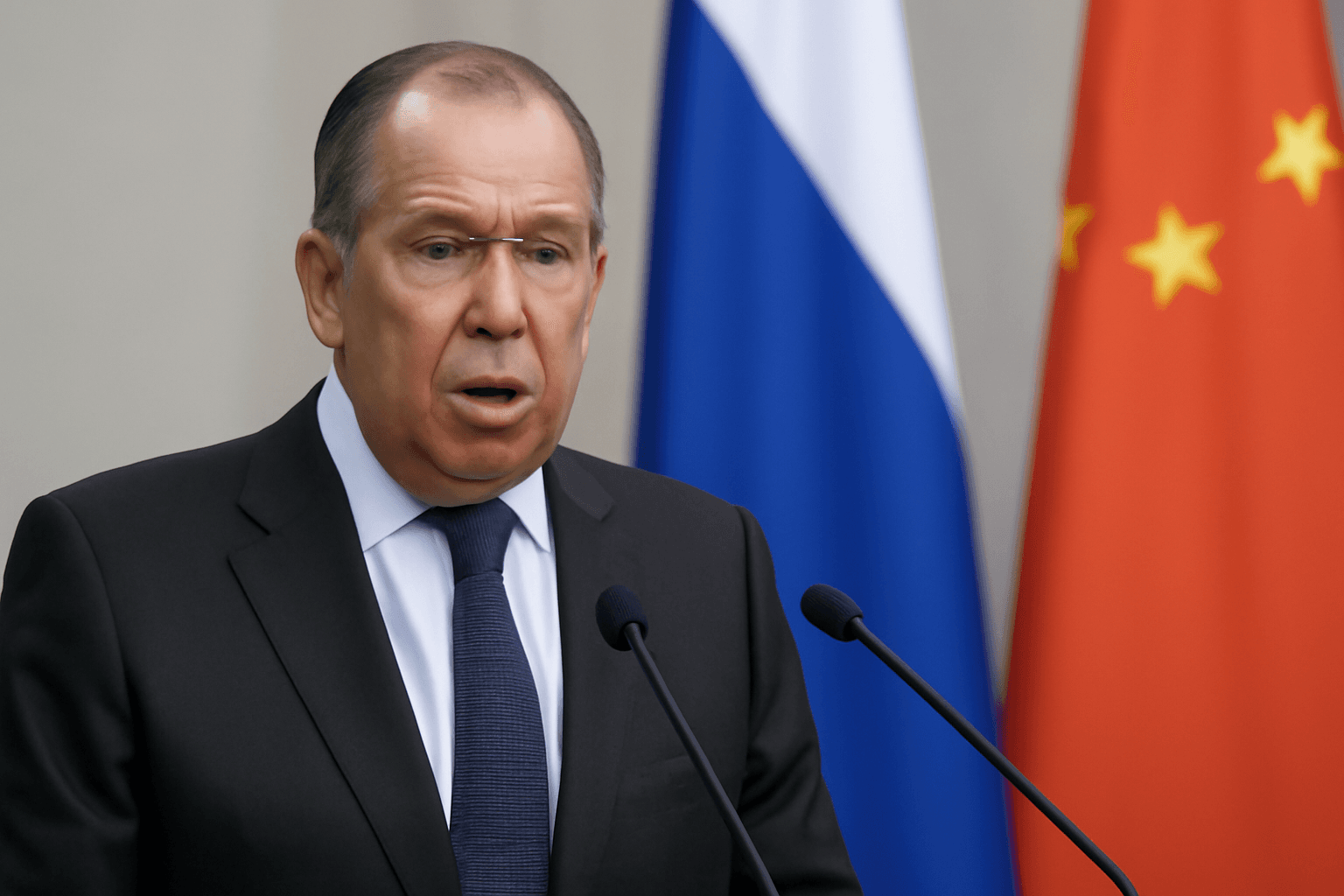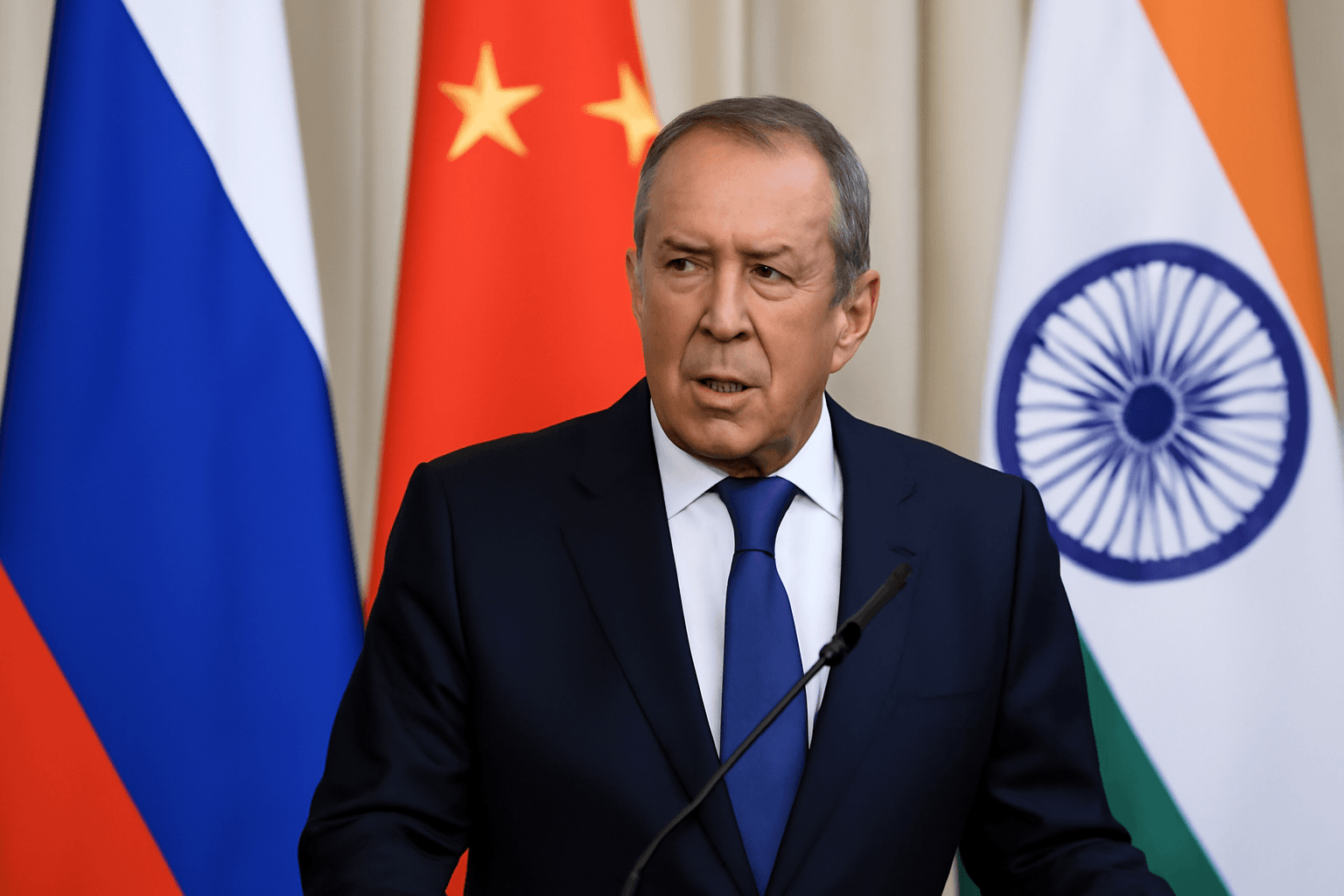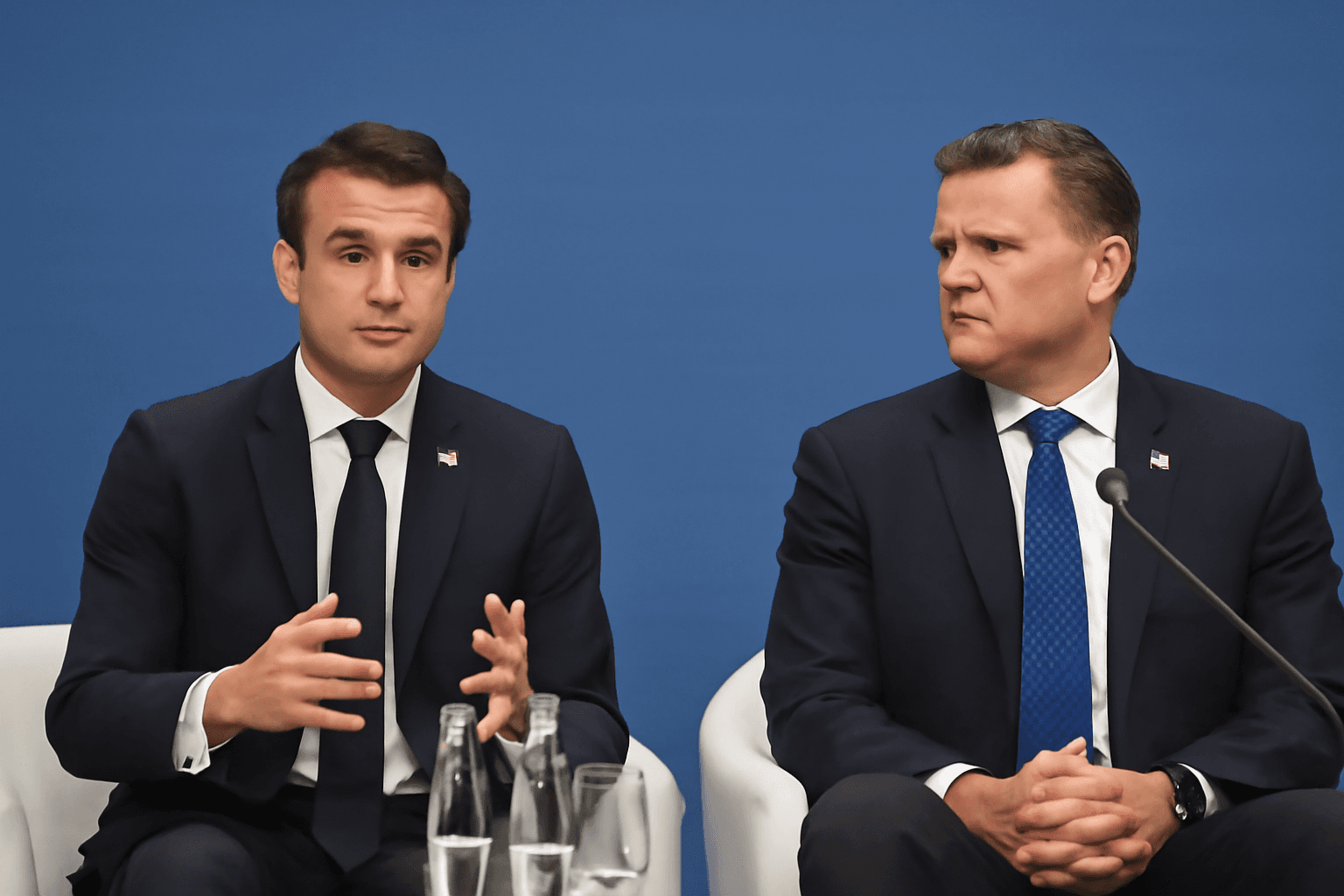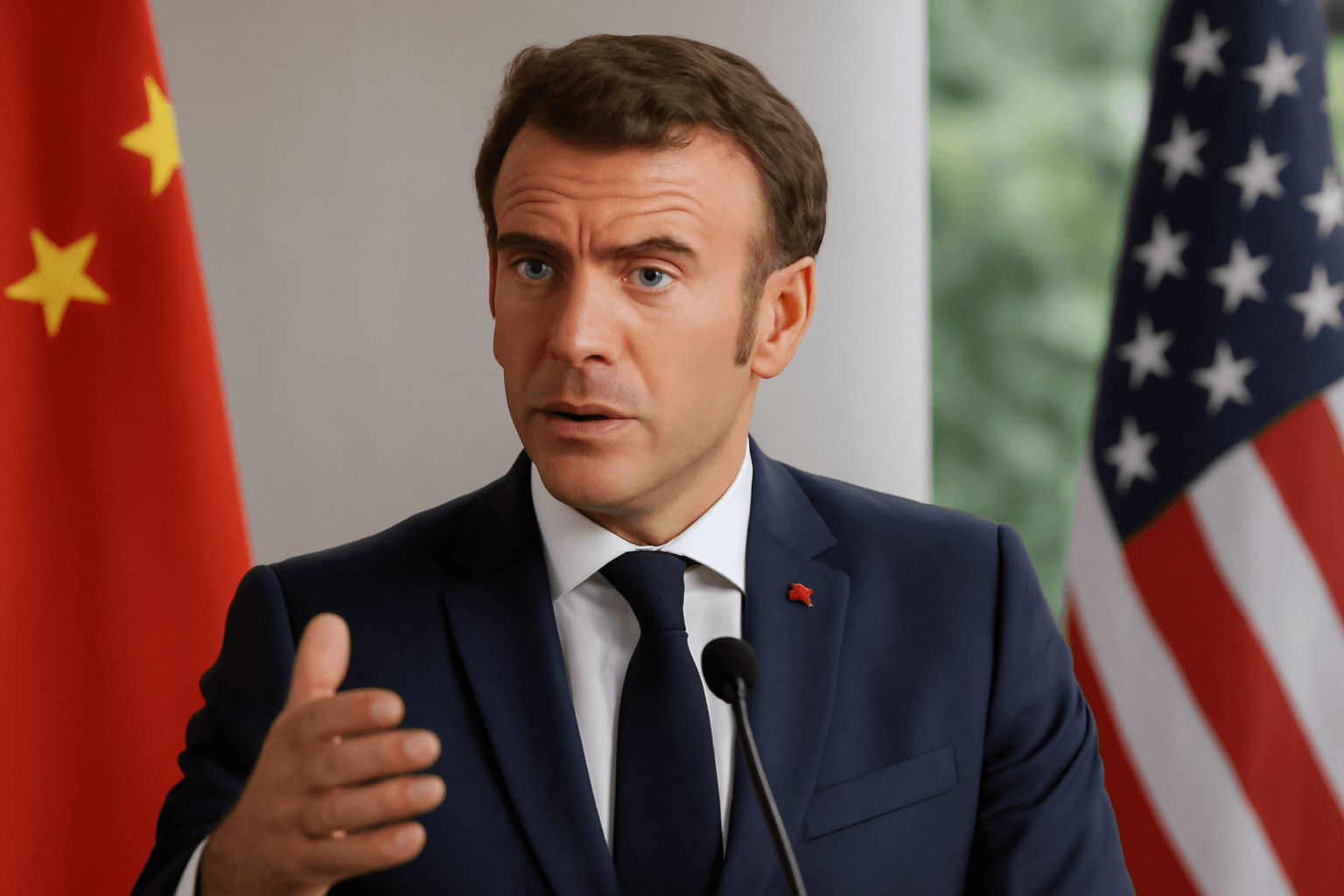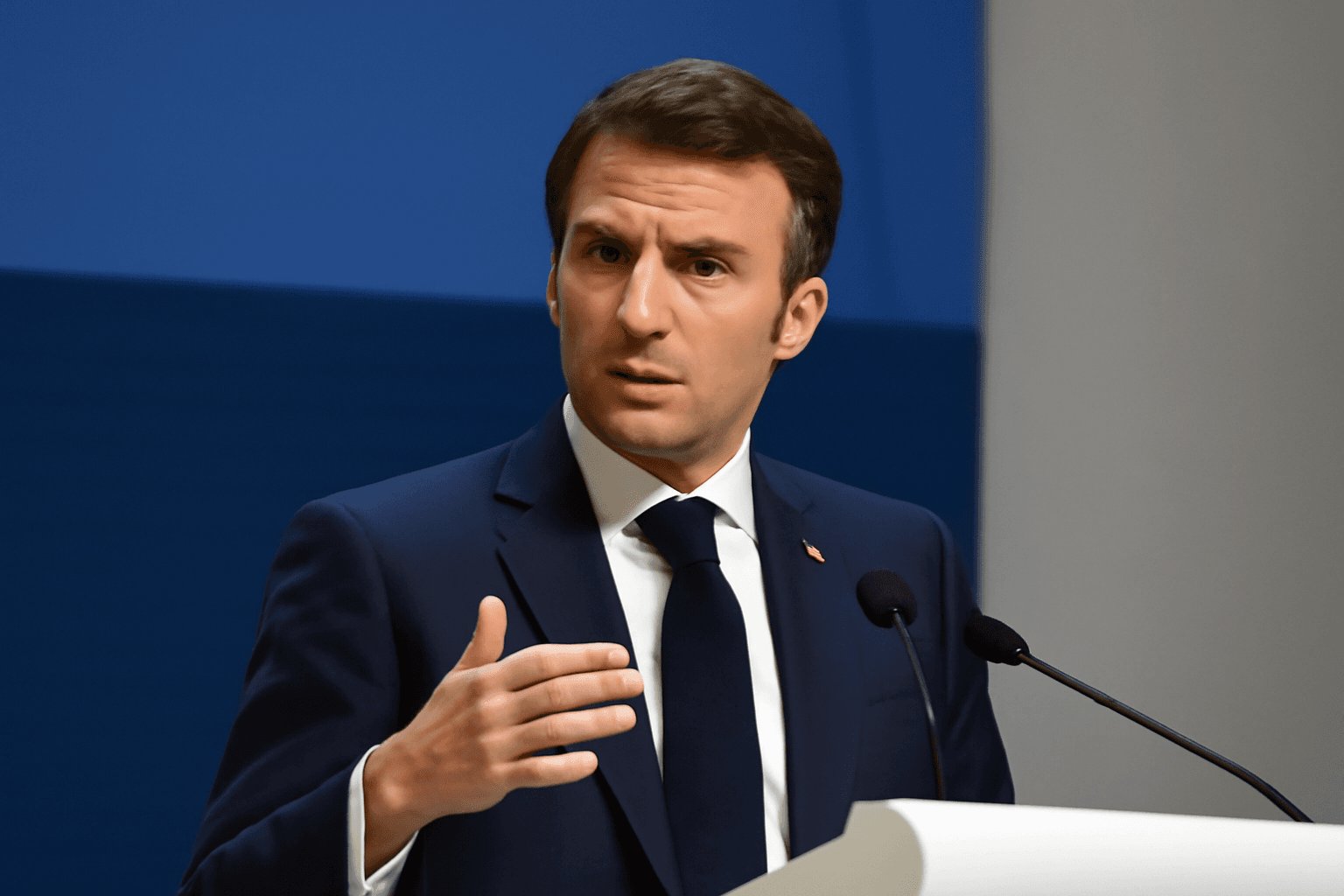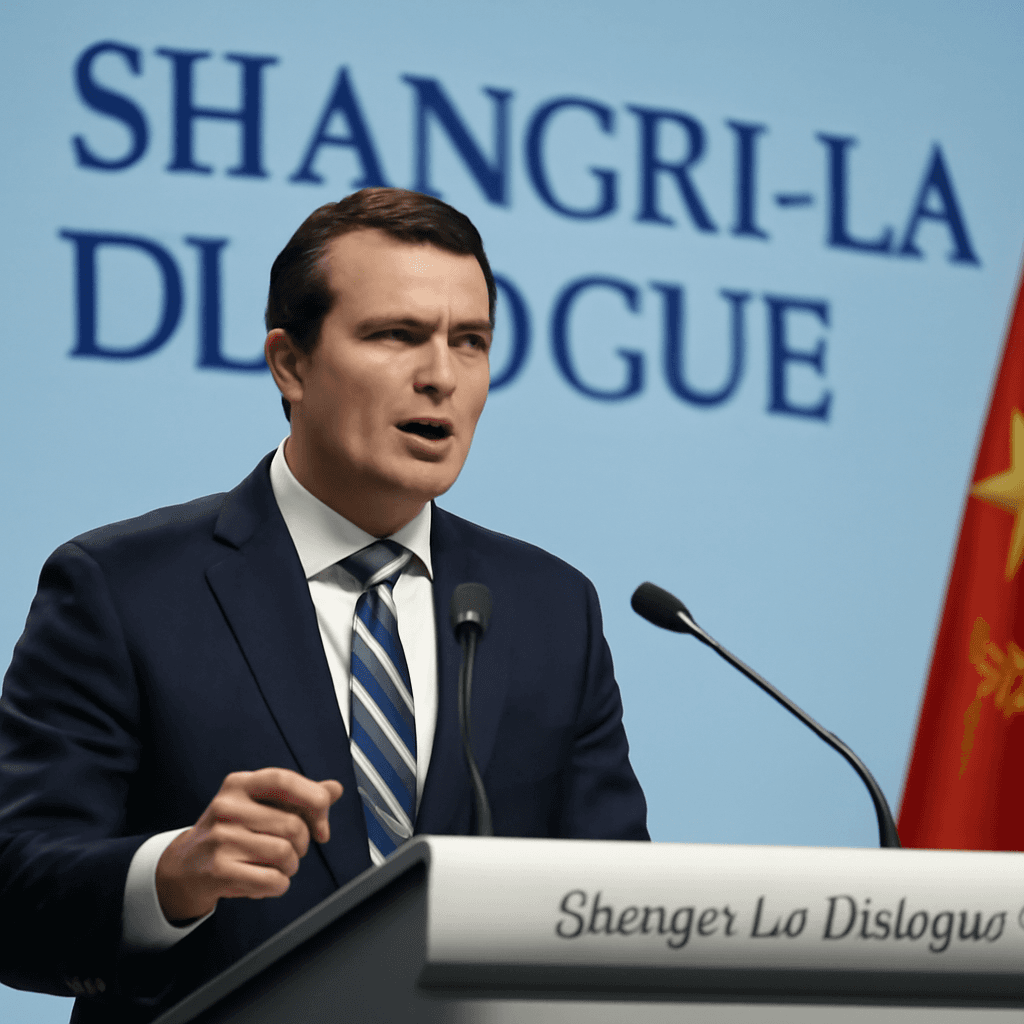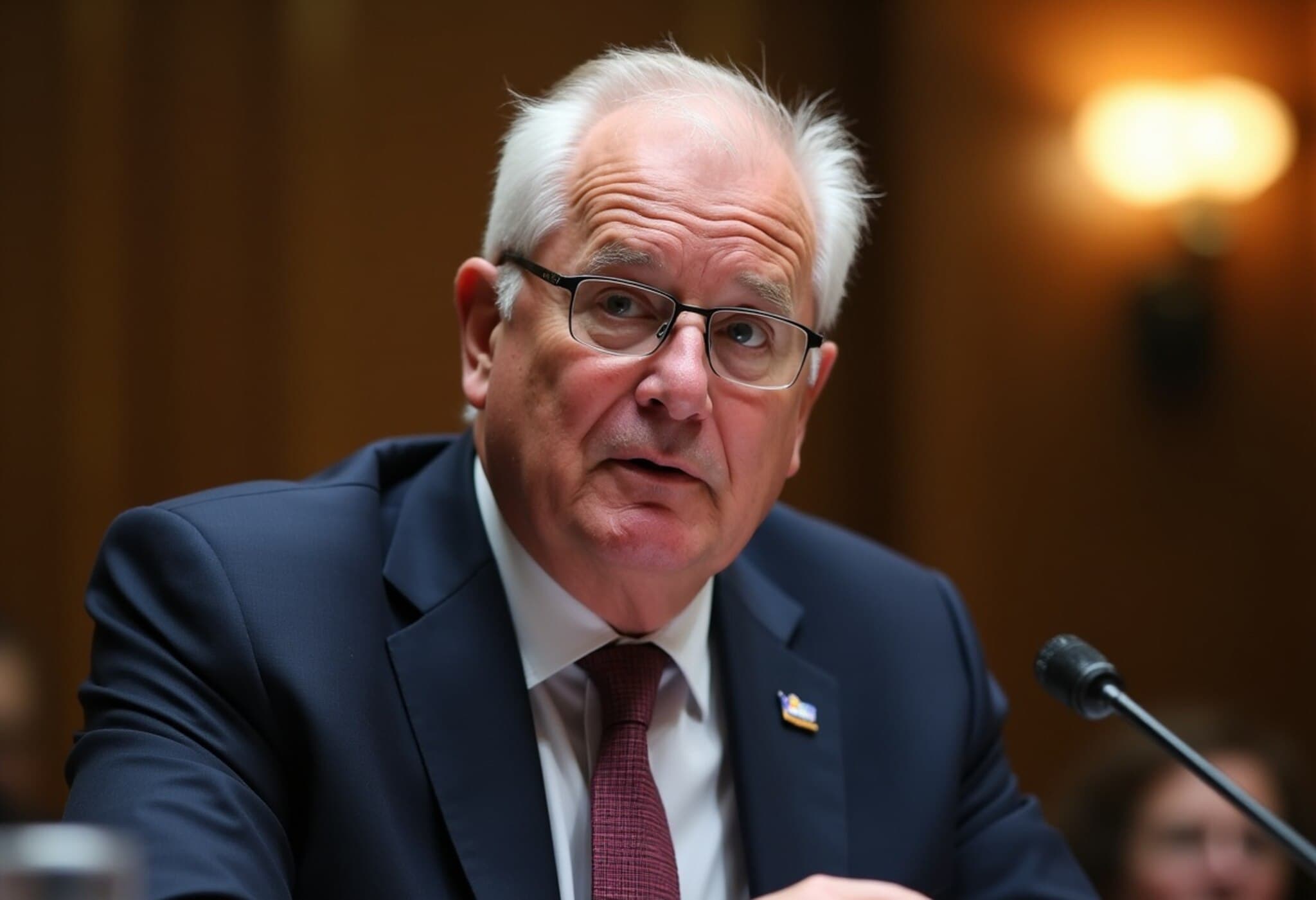Albanese’s Visit to the Great Wall: A Symbolic Gesture Amid Diplomatic Tightrope
On the final day of his six-day diplomatic mission to Beijing, Australian Prime Minister Anthony Albanese paused to walk along the historic Great Wall of China. This visit was more than a simple touristic moment; it symbolizes the delicate balancing act Australia faces between the global superpowers, China and the United States.
Contextualizing Australia’s Diplomatic Challenge
Australia finds itself at a geopolitical crossroads. With China as its largest trading partner and the United States as its longstanding security ally, Canberra’s foreign policy requires a nuanced approach that preserves economic interests without alienating strategic partnerships.
Albanese’s trip underscores this complexity. By engaging directly with top Chinese officials and concluding his journey at the Great Wall — a potent emblem of Chinese resilience and history — the prime minister signals Australia’s intent to maintain open dialogue with Beijing while remaining mindful of Washington’s influence in the Indo-Pacific region.
The Great Wall: More Than a Tourist Attraction
Walking the Great Wall is laden with symbolism. This ancient structure historically protected China from external incursions, reflecting strength and vigilance. Albanese’s visit can be read as a diplomatic overture respecting China’s heritage and sovereignty, while implicitly acknowledging the challenges Australia faces guarding its own strategic interests amid rising regional tensions.
Expert Analysis: Navigating the Sino-American Rivalry
According to geopolitical analyst Dr. Linda Carmichael of the Asia Pacific Policy Center, "Australia’s position is akin to walking a tightrope suspended between two giants. Visits like these demonstrate Canberra’s effort to engage China constructively, even as it deepens ties with the U.S. for regional security." Carmichael stresses that Albanese’s visible respect for Chinese culture aims to build trust, crucial for cooperation on economic and environmental issues.
Undercurrents and Unseen Narratives
- Trade Dependencies: Despite diplomatic efforts, Australia must contend with its economic reliance on China, especially in minerals and agriculture sectors, which complicates responses to Beijing’s assertiveness in the South China Sea.
- Technology and Security: The visit comes amid heightened concerns about technology supply chains and cyber security risks, pressing Canberra to safeguard critical infrastructure without overtly antagonizing China.
- Regional Alliances: Australia’s balancing act also includes managing relations with ASEAN nations and Pacific Island states, many of whom are caught between Chinese influence and Western security frameworks.
Looking Ahead: Implications for U.S.-Australia-China Dynamics
Albanese’s trip and the culminating walk along the Great Wall reflect a broader strategy of diplomatic engagement coupled with cautious pragmatism. As the U.S. intensifies its Indo-Pacific presence, Australia’s role as a mediator and regional stabilizer will be tested. Canberra’s ability to maintain constructive ties with China without compromising commitments to allies remains crucial.
Editor’s Note
Prime Minister Albanese’s visit to the Great Wall of China serves as a metaphor for the enduring complexity of Australia’s foreign policy in an era defined by China-U.S. rivalry. It prompts reflection on how middle powers manage sovereignty, economic necessity, and security alliances simultaneously. As global tensions persist, the unfolding diplomatic choreography offers important lessons on patience, respect, and strategic foresight.

